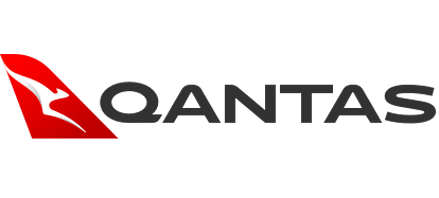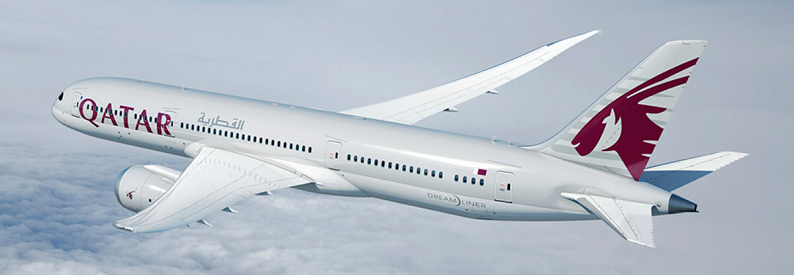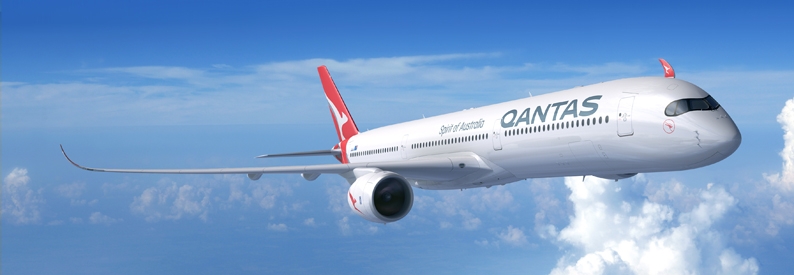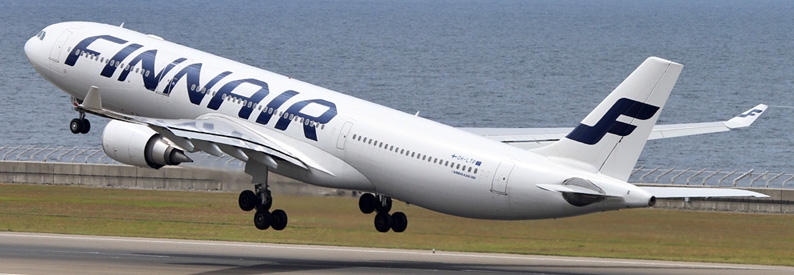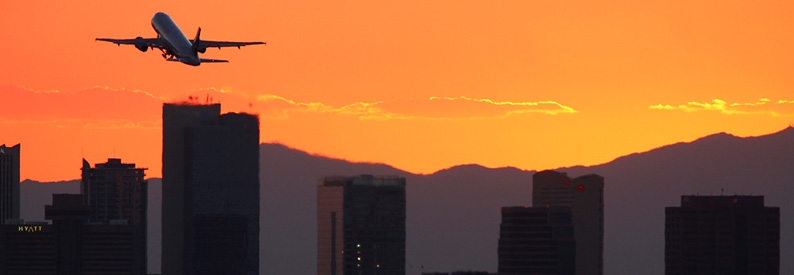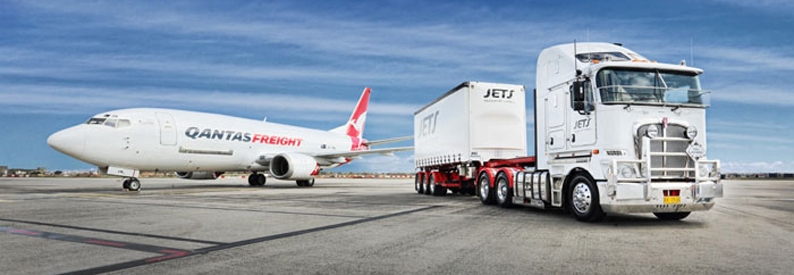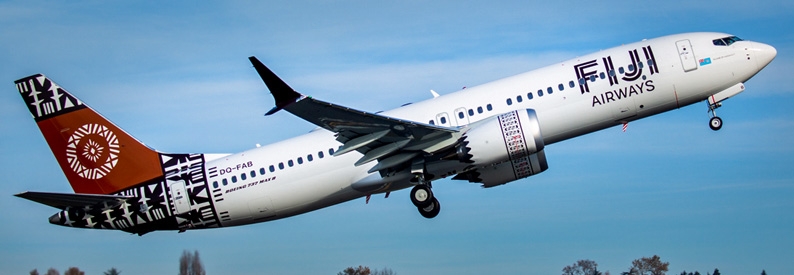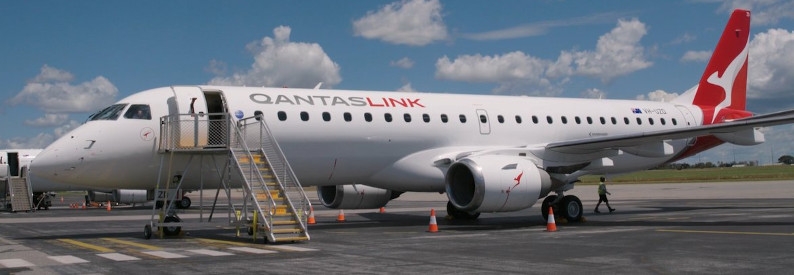Melbourne Tullamarine airport said it will reconfigure its domestic terminal and install "swing gates" allowing both domestic and international operations within the next five years, The Airport Professional has reported.
The reconfiguration would allow the airlines, mainly Qantas (QF, Sydney Kingsford Smith) and Virgin Australia International (VA, Brisbane International), to use their widebody aircraft more flexibly for both types of flights.
"Swing gates" will be installed both in Terminal 1, used by Qantas, and in Terminal 3, used by Virgin Australia. Initially, the airport plans to convert just three Code E gates, but this number is set to grow to six to eight within a decade.
"What these projects are intended to do is meet that international growth challenge by using latent or spare capacity in the domestic terminals," airport Planning Executive Michael Jarvis said. "[The aircraft] might have come in from a domestic sector, it might be going off to an international destination in Asia or North America and the airline can leave the aircraft at the gate without having to tow it to the international terminal with all of the fuss and money that involves."
Both Australian airlines, as well as all foreign carriers, currently use Terminal 2 for international operations. The facility is sandwiched between Terminals 1 and 3 and has limited potential for expansion.
According to the ch-aviation capacity module, Qantas and Virgin Australia are currently the largest airlines serving Melbourne with 30.8% and 23.4% market share by capacity, respectively. Qantas operates 765 weekly departures, including 85 on international routes; while Virgin Australia operates 588 weekly departures of which 33 are to destinations abroad.
The airport also has Terminal 4, which is used by local LCCs, such as Tigerair Australia (Melbourne Tullamarine) and Jetstar Airways (JQ, Melbourne Tullamarine).
